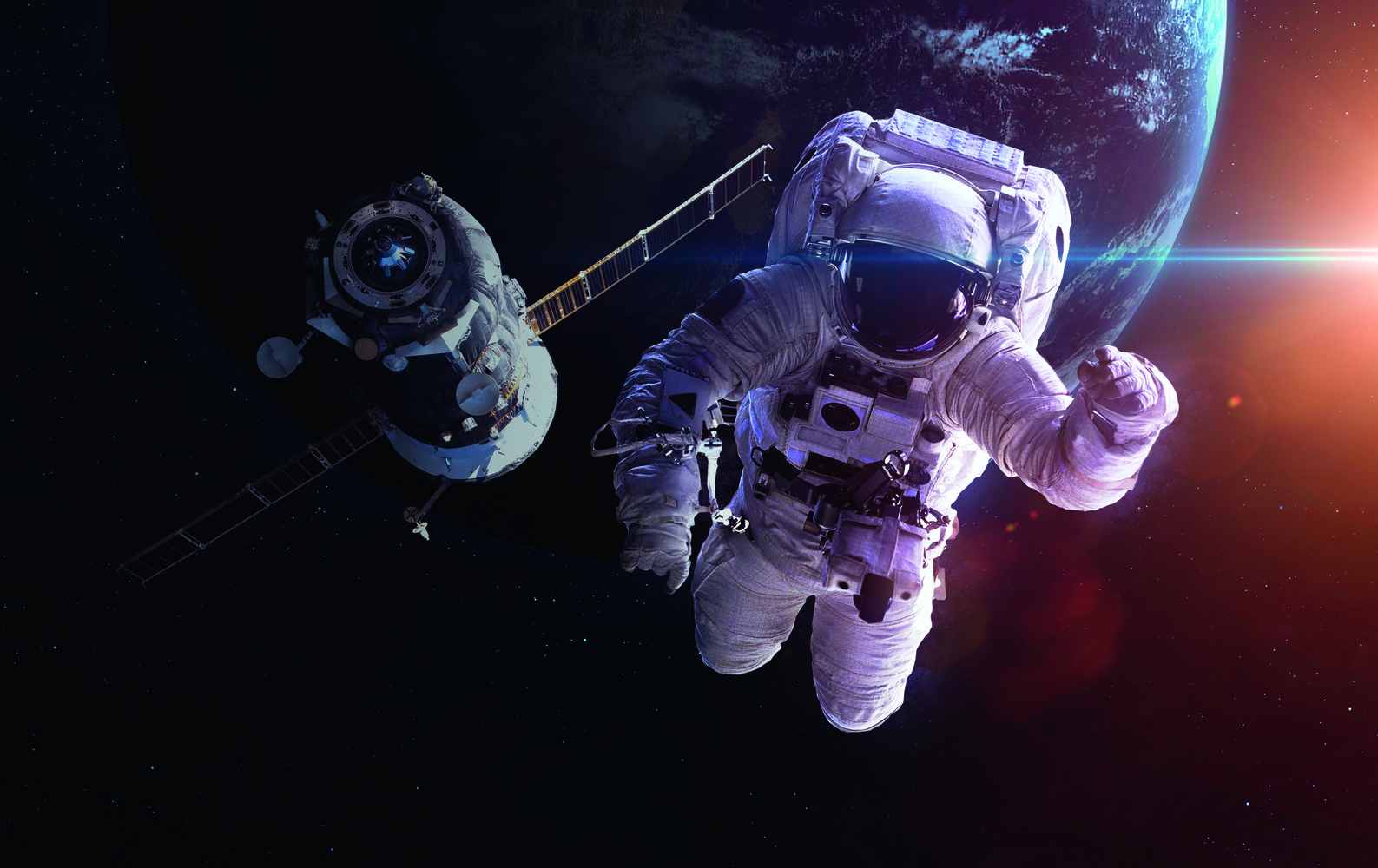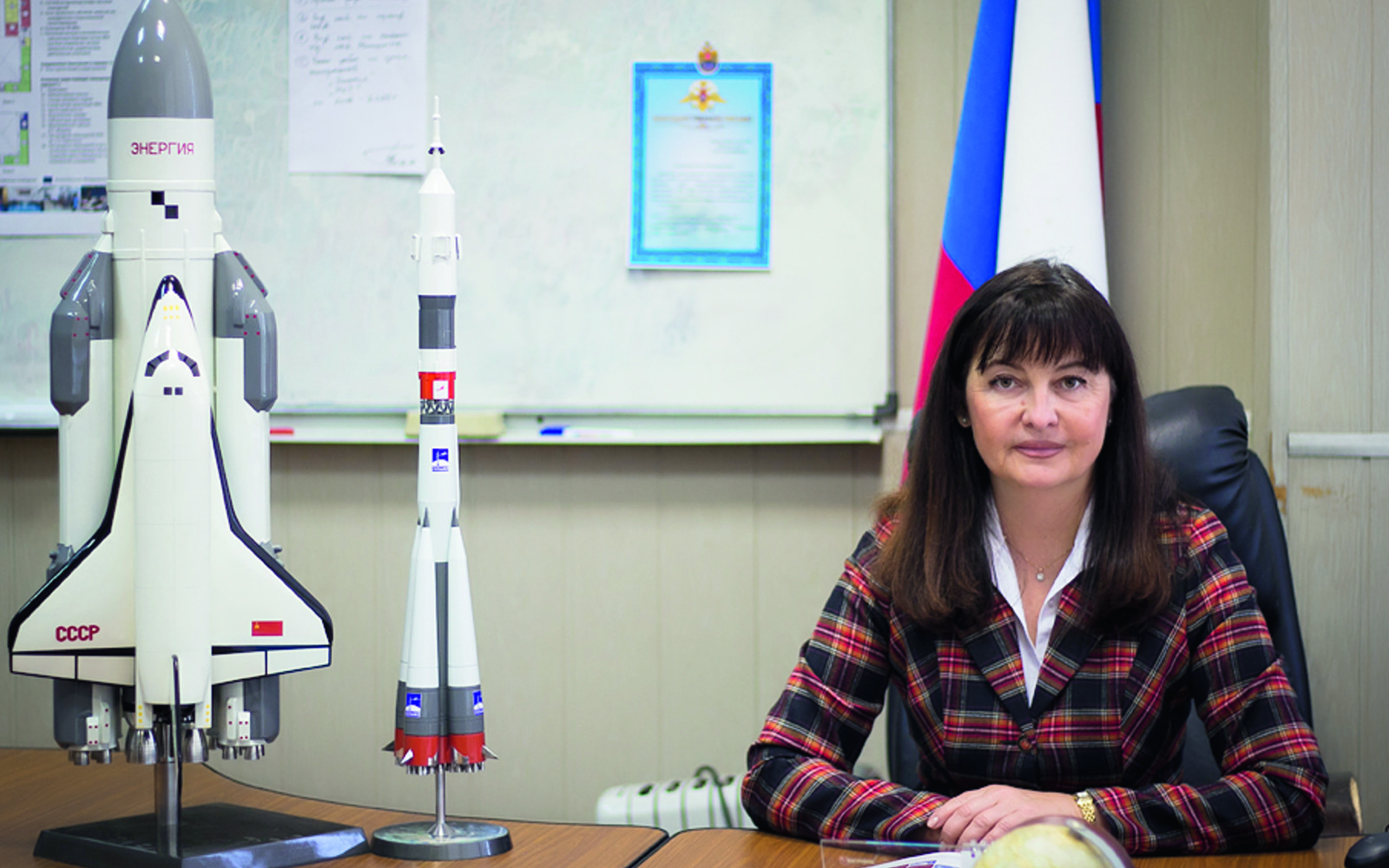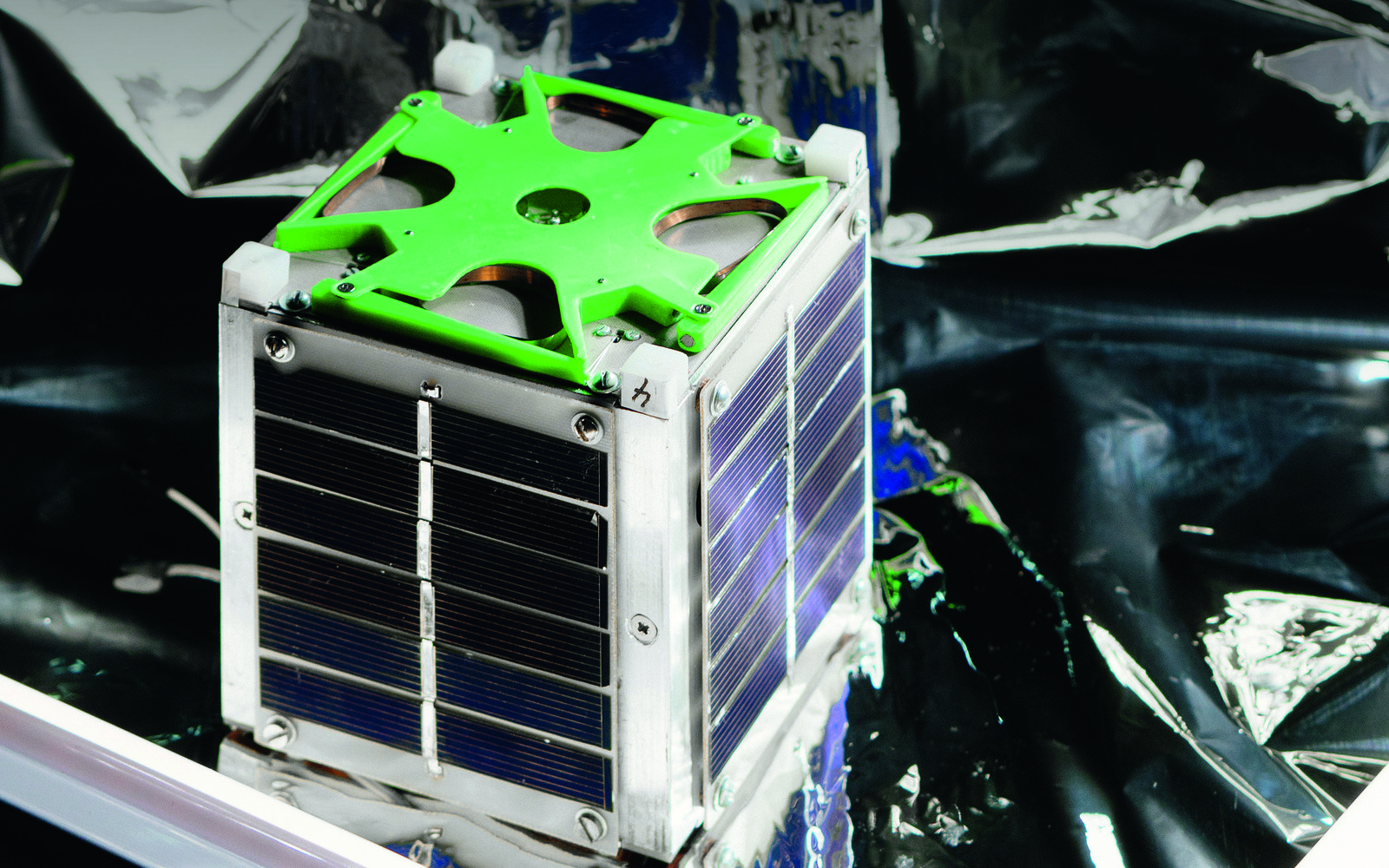MAI Trend: Space

MAI School No. 6 “Aerospace” trains design and systems engineers for enterprises and organizations in the space industry. The university collaborates with leading domestic and foreign developers and manufacturers of space rocket technology. Among the partners areS.P. Korolev Rocket and Space Corporation Energia, NPO Energomash, Information Satellite Systems Reshetnev, Khrunichev State Research and Production Space Center and other large enterprises of rocket science.
By the number of cosmonauts-graduates, MAI is the leader among all civilian universities in Russia: 23 cosmonauts are university alumni. Today, they have 49 complete space flights and in total more than 16 years of work in space. MAI students regularly take part in the selection to cosmonauts program.
Once, it was MAI students who developed and assembled the world's first student Earth satellite, and today, among the new projects of the Iskra student space design bureau, there are university cubesats, satellites for the Northern Sea Route and satellite constellations.

The Mission Control Center operates at Moscow Aviation Institute with communication systems and equipment monitoring satellites at a distance of up to 1,500 km. And the satellites themselves are produced right there, nearby, in the laboratories and workshops of the university. In the coming years, MAI plans to launch a dozen small spacecraft under the International Space Station (ISS) launch program, and students are involved in all of these projects. A cooperation between Moscow Aviation Institute and Yuri Gagarin Cosmonaut Training Center reached a new level: projects to use the scientific research of Moscow Aviation Institute in the interests of the Cosmonaut Training Center are underway, a bachelor's program for future astronauts and space industry specialists is being prepared.
As part of scientific programs conducted by the Roscosmos state corporation, Moscow Aviation Institute takes part in space research with the largest foreign space agencies — the European Space Agency (ESA) and National Aeronautics and Space Administration (NASA).

The development of the main areas of outer space activities at MAI:
• unmanned spacecraft (constellation of satellites, space communications, remote sensing of the Earth, navigation, fundamental space research);
• flights;
• space transportation capabilities.
Horizons of the Future in Space
Near horizon - integrated space services:
• fixed and personal mobile communications;
• high-precision navigation based on GLONASS;
• telecommunications;
• global Internet;
• retransmission and data transmission (M2M and IoT);
• radar;
• geophysical monitoring (gravimetry, magnetometry, ionosphere, atmosphere and heliophysical situation);
• exploration of minerals based on gravitational anomalies;
• remote monitoring of gas pipelines, extended technical facilities.